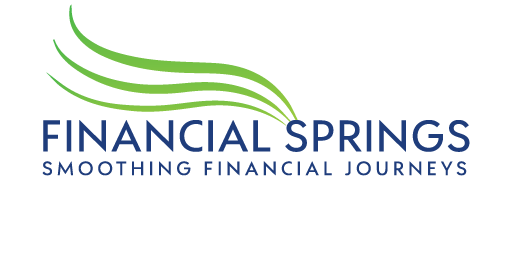The surprise slowdown in the pace of rate rises risks dragging out the rate hiking cycle and forcing the central bank to go even higher than expected to dampen demand.
The Reserve Bank of Australia’s 0.25 percentage point lift is the sixth consecutive rate hike and brings the cash rate to 2.6 per cent.
The unexpected shift to a slower pace of tightening has prompted some economists to revise their forecasts for the cash rate peak.
ANZ economists are expecting the cash rate to peak 25bp higher than the 3.35 per cent previously forecast to 3.6 per cent in May next year.
The bank’s economists see the RBA’s decision to downgrade to 25bps will extend the rate hiking cycle and potentially force the bank to raise the cash rate even higher than expected.
“The slower pace of rate hikes increases the risk that rates need to go higher than previously expected, as demand remains too strong and sentiment is initially boosted by the RBA’s moderation,” ANZ economist David Plank said.
NAB economists said the factors driving goods and construction inflation were starting to fade, setting the scene for inflation to peak at 7.5 per cent in quarter four and then moderating fairly quickly in 2023.
“Over the past nine months there has been a clear pull-back in shipping costs, supply backlogs are being worked through, while some indicators point to an emerging slowdown in global goods demand,” NAB economist Taylor Nugent said.
In the absence of any surprises causing inflation to surge again in the near term, NAB economists expect the cash rate to peak at 3.1 per cent.
The big four banks have wasted no time passing on the 25 basis point interest rate hike, with Westpac the first of the big four to announce lifted rates for home loan and savings customers from October 18.
The Commonwealth Bank, National Australia Bank and the ANZ also confirmed on Tuesday they were lifting their rates by the same amount on October 14.
RateCity research director Sally Tindall said not all banks had hiked rates on their savings accounts, however, but was hoping to see announcements in the coming days.
“Savers have turned from a liability for the banks into a sought-after commodity,” Ms Tindall said.
“That’s because deposits are becoming an increasingly attractive source of funding for home loans – great news for savers who could see further rises in the months to come,” she said.
For mortgage holders, the six rate rises will blow their repayments out by hundreds of dollars.
Compare the Market data shows monthly repayments will increase by $725 on the average $500,000 loan with 30 years left to go.
Rising interest rates and soaring inflation is eroding consumer confidence in the lead-up to the festive season, with Compare the Market analysis showing 40 per cent of people plan to spend less this Christmas than in previous years.
Minister for financial services Stephen Jones said the Albanese government was delivering a budget under “very difficult circumstances” and was concerned about the impact of high inflation on household budgets.
“We know that the independent Reserve Bank has got a strategy to bring those down, and that’s what’s behind the interest rate rises,” he said.
“But as a government, we’ve got to focus on ensuring we don’t make the situation worse and we have a strategy for the near term.”
Poppy Johnston
(Australian Associated Press)




